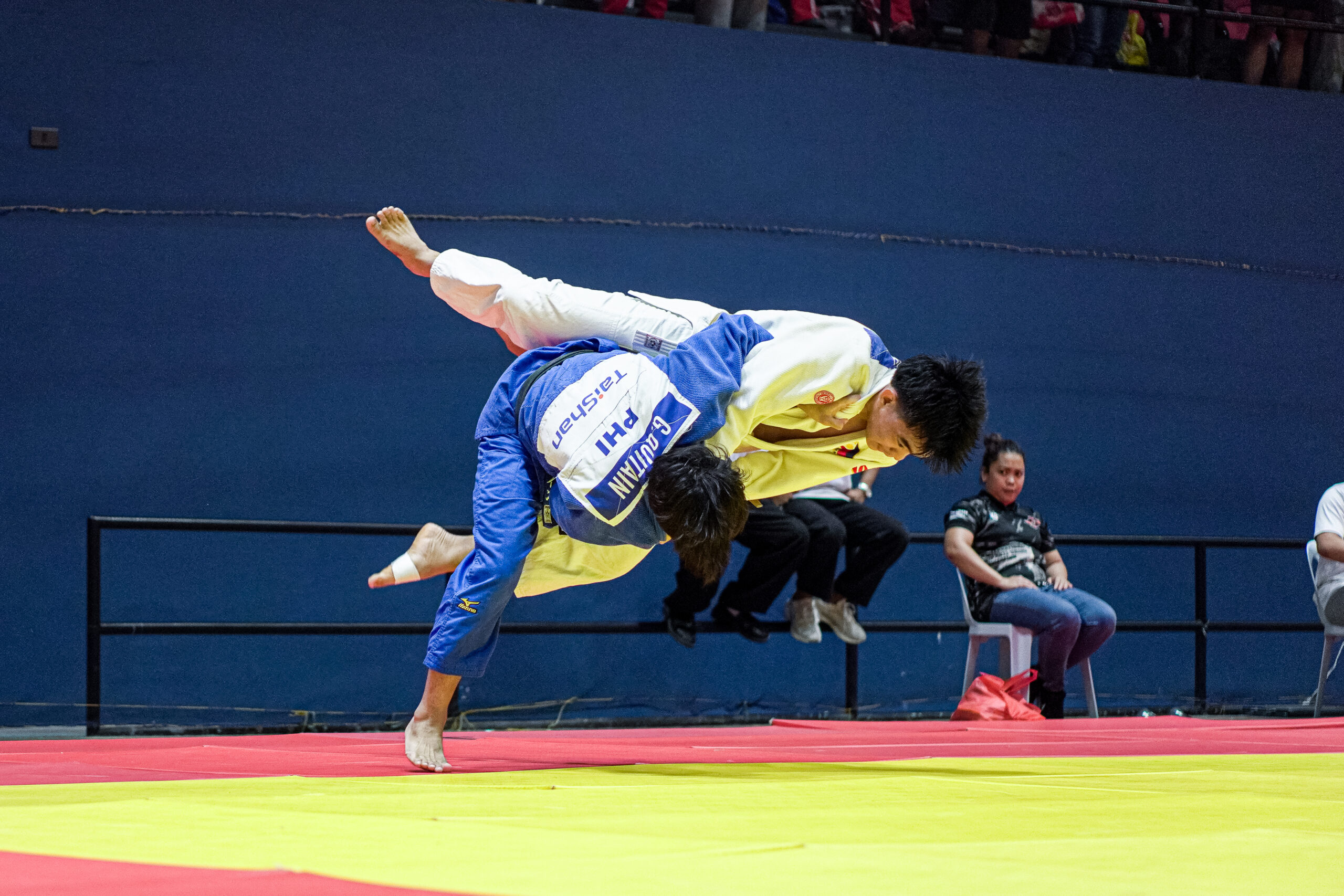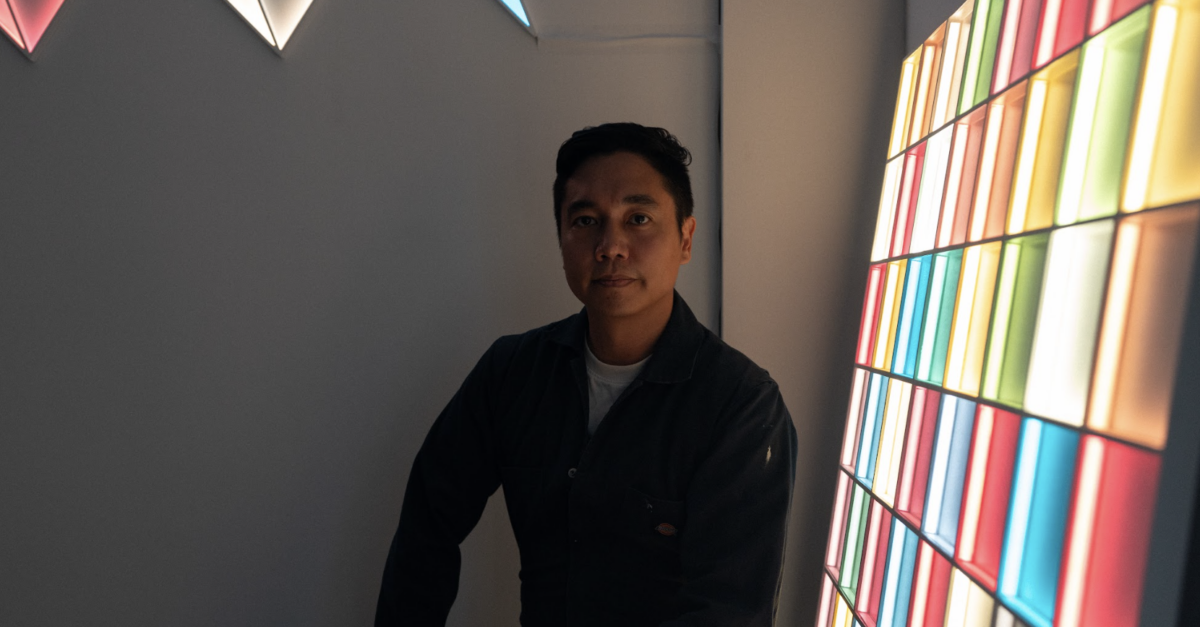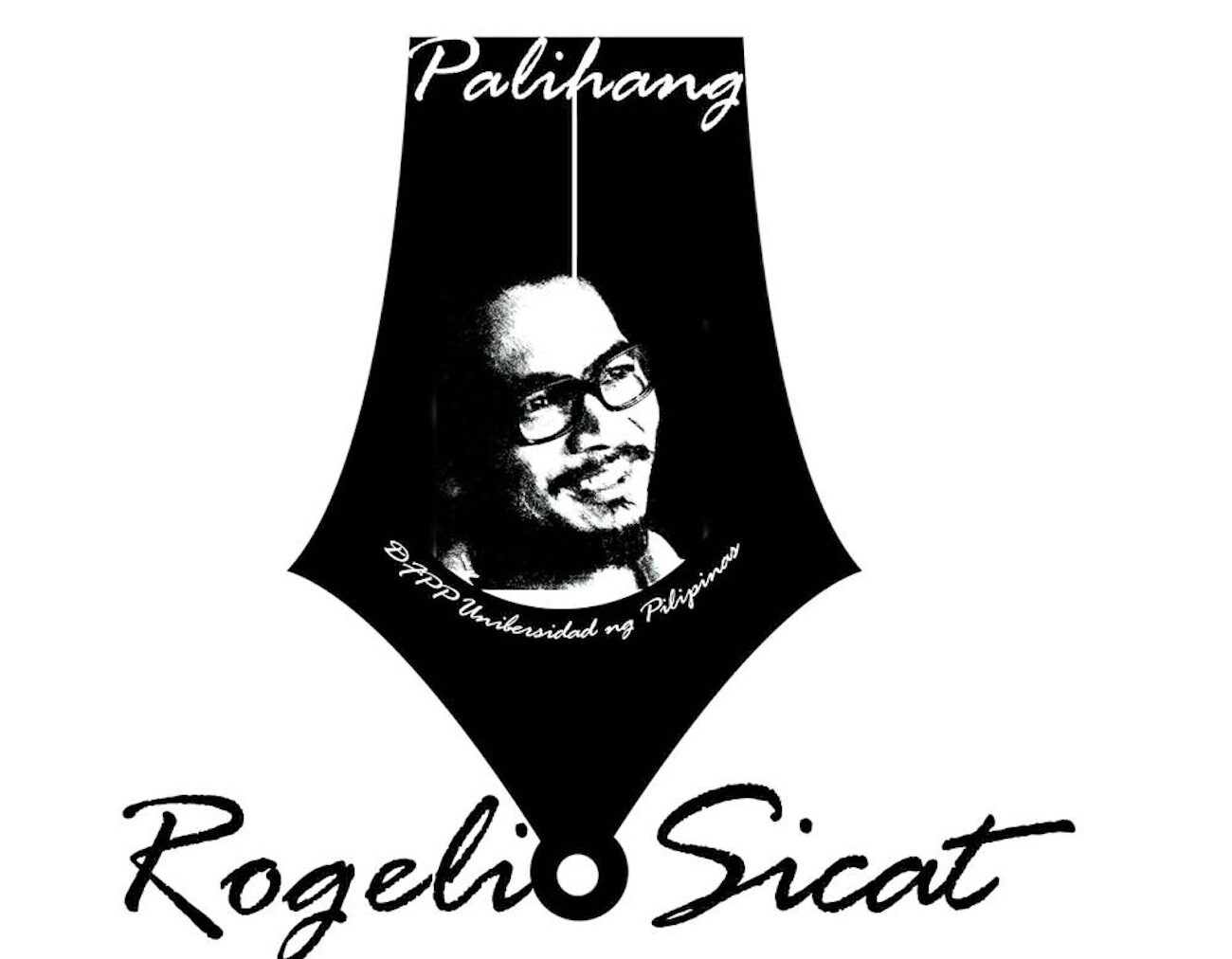
The 18th International Architecture Exhibition of La Biennale di Venezia in Venice, Italy, which ran from May 20 to Nov. 26 last year, was titled “The Laboratory of the Future.” It presented the practice as going way beyond just erecting structures, and emphasized the role of architects today, in a world facing environmental crises. It was curated by Lesley Lokko, OBE, Ghanaian-Scottish architect, the first Black curator in the Venice Biennale, and founder of the Graduate School of Architecture at the University of Johannesburg, South Africa.
The Biennale, according to a statement on the event, is “working concretely toward the crucial goal of fighting climate change, by promoting a more sustainable model for the design, installation and operation of all its events.” With themes of “decolonization and decarbonization” in mind, Lokko had a segment called the Curator’s Special Projects, where the spotlight shone particularly on Africa and the African diaspora, or people of African descent living and working all over the world.
“What does it mean to be ‘an agent of change?’” asked Lokko in her notes. “In architecture particularly, the dominant voice has historically been a singular, exclusive voice, whose reach and power ignore huge swathes of humanity—financially, creatively, conceptually—as though we have been listening and speaking in one tongue only. The ‘story’ of architecture is therefore incomplete. Not wrong, but incomplete. It is in this context particularly that exhibitions matter.”
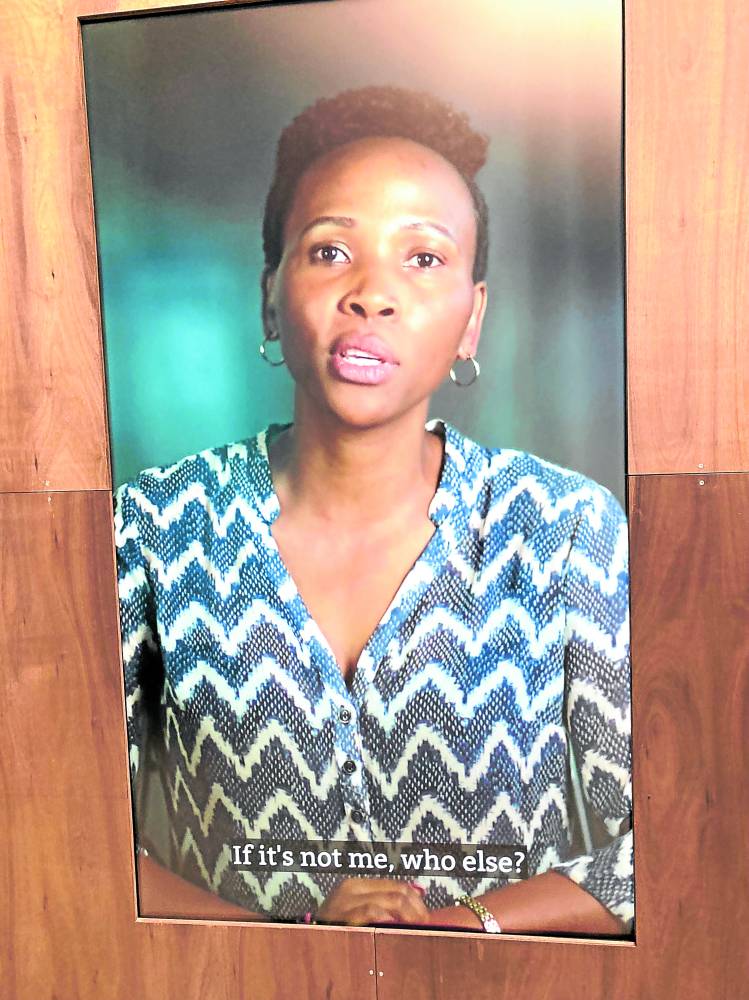
Thus, “because it is our contention that the rich, complex conditions of both Africa and a rapidly hybridizing world call for a different and broader understanding of the term ‘architect,’” as Lokko notes, the exhibit includes some outstanding works that turn the profession on its head.
There are more conventional presentations, like scale models of structures in “Adjaye Future Labs” by Sir David Adjaye of Dar es Salaam, Tanzania, including one for a grand national cathedral. “Counteract” by Francis Kéré of Kéré Architecture, based in both Berlin, Germany and Ouagadougou, Burkina Faso, addresses the past, present and future, the first two ingeniously integrated through videos of traditional Sudano-Sahelian architecture, viewed through the mouths of earthen jars used every day in Burkina Faso.
Provocative
Then you have more provocative works that utilize a wide range of media. In “Afritect,” Christian Benimana of Kigali, Rwanda, films young practitioners who are redefining the roles they play. My own favorite is a series of stunning drawings on video telling “Tales of Vulnerability of African Women in Transit Spaces” by Kgaugelo Lekalakala of Mpumalanga, South Africa, exploring “the ways African women traverse the city, from their homes to their places of work … moving quickly to avoid the gaze of men who regard them merely as artifacts in space,” the artist writes. Thus, in an architectural exhibit, the focus is the plight of a woman who moves through such spaces that are “not hers to begin with.”
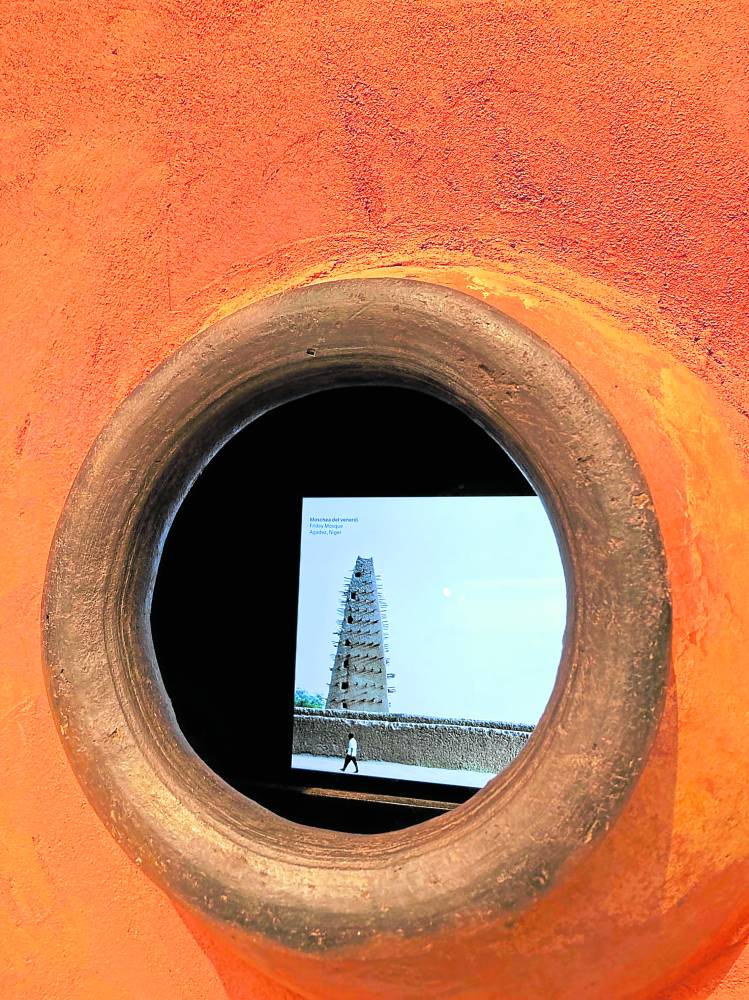
Philippine Arts in Venice Biennale Coordinating Committee (PAVB-CC) consultant Patrick Flores notes how the lines have blurred between architectural and art installations, and how each would look right at home in either kind of exhibition, but with today’s architects facing unique opportunities for human interaction. “It’s socially engaged architecture,” he notes. “They can still do something for their firms, but at this point in their practice, they want to help out. The notion that an architectural exhibition is made of maquettes, or that architecture is simply built form—wala na.”
Philippine participation at the Venice Art and Architecture Biennale is a collaborative undertaking of the National Commission for Culture and the Arts (NCCA), the Department of Foreigh Affairs (DFA), and the Office of Senate President Pro Tempore Loren Legarda.
Though from a different continent, the Philippine Pavilion at the architecture exhibit, “Tripa de Gallina: Guts of Estuary,” fit quite nicely into this perspective of architecture with a more complex goal than just physical building.
“Di uso dati ang urban planning and social work together, so we would see the effects in the behavior of people, when they have no space to walk, think, or exercise,” says Arnold Rañada, the social worker on the team of The Architecture Collective (TAC) that conceptualized and built the Philippine exhibit.
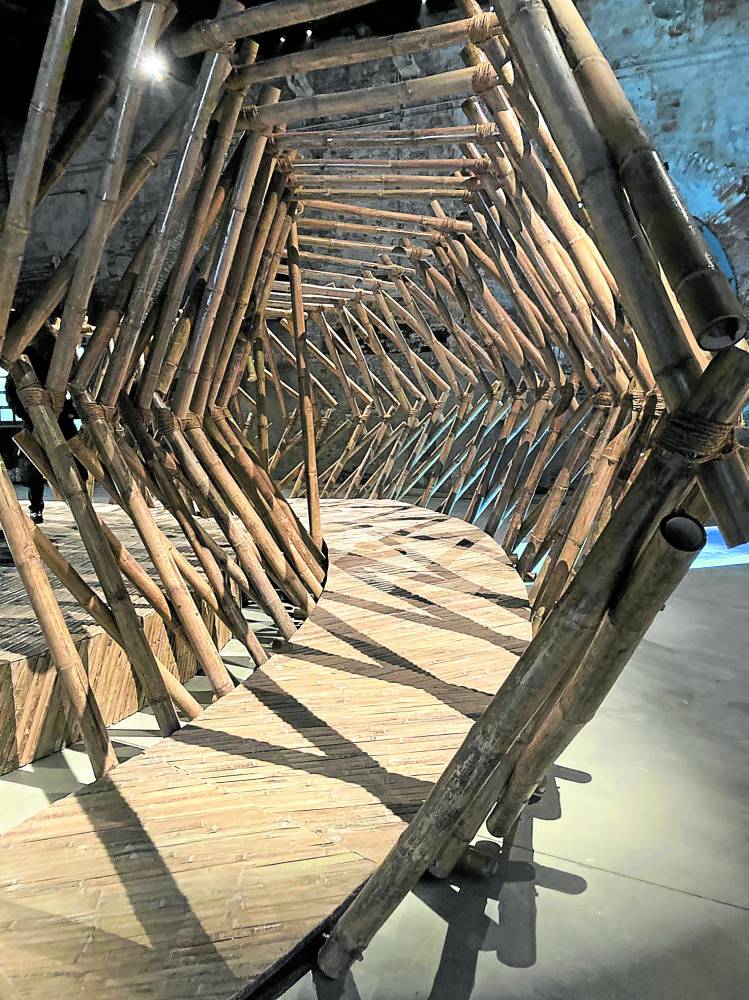
After this project, however, he has noted how his TAC colleagues are of a different breed. “I’ve heard of guerrilla urbanism,” he says with a laugh. “In social work kasi, activism is innate. I’m so glad they have gone out of the box for the community, not just private clients.”
Not to impose
“When I graduated, I had the notion that I had to make a name for myself and be the architect I read about in books,” says TAC head architect Lyle La Madrid. It was exhibition co-curator architect Choie Funk who inspired him, he says. “You learn not to impose, but to translate people’s needs into something architectural. Architecture is science; you learn how this space, line, or color makes people feel. This time, you have to ask first, how do they actually feel?”
Rañada notes that this orientation is evident in the pavilion design. “It’s circular and invites discussion. The residents can reclaim the space; children play, couples date, friends meet.” He also emphasizes how the design can still change as a result of consultation. “For example, they told us, they really need a place for burulan (to hold wakes) for the dead, so we have to check if the structure can hold the weight of more people.” Because drug dealing still happens a lot in the area of project site barangay 739, there is the option to lock the space at night, or even to eventually replace the bamboo with sturdier materials.
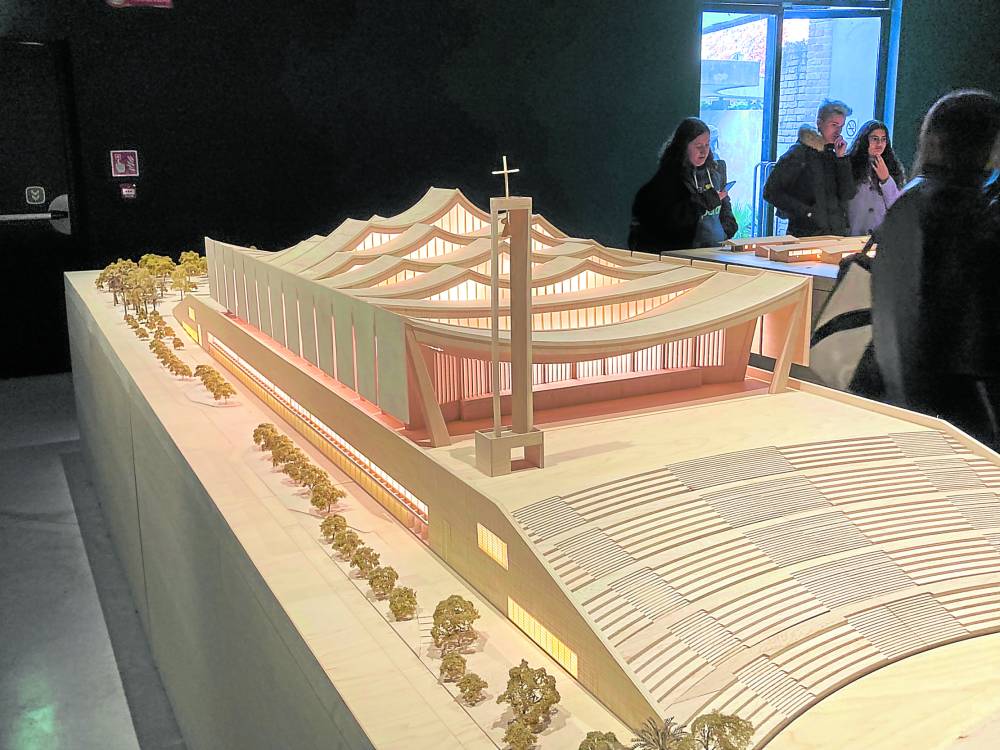
La Madrid laughs at the recollection of the burulan suggestion. “We didn’t think about that. For them, this was the need, and they had no choice. There were certain considerations we didn’t think we’d hear, as we live in our own social bubbles.”
“People will always make a form of architecture that is relevant to them,” affirms Ateneo historian Michael Pante. “The barong-barong is a prime example of architecture that is not aesthetically pleasing, but is most relevant to the people using them.”
More and more, however, environmental concerns have come to the fore. Pante cites the example of the 2005 Cheonggyecheon Stream Restoration Project in Seoul, South Korea, where a 3.6-km stretch of dead estuary, once covered with a highway, was restored, with great success. “Now it’s a tourist attraction, an Instagrammable place.”
Sea change
Harvey Vasquez, dean of the School of Environment and Design of the De La Salle–College of Saint Benilde, agrees that a sea change is here, and overdue, in architectural practice. “It’s natural to create different avenues and diversify so you won’t be beholden to just one part of your practice, because it limits your options,” says Vasquez, who counts some of the TAC members as former students. “It’s about making ends meet, as well, but at the same time exploring different parts of your creative mind. Nowadays they’re not just architects, but artists, as well.”
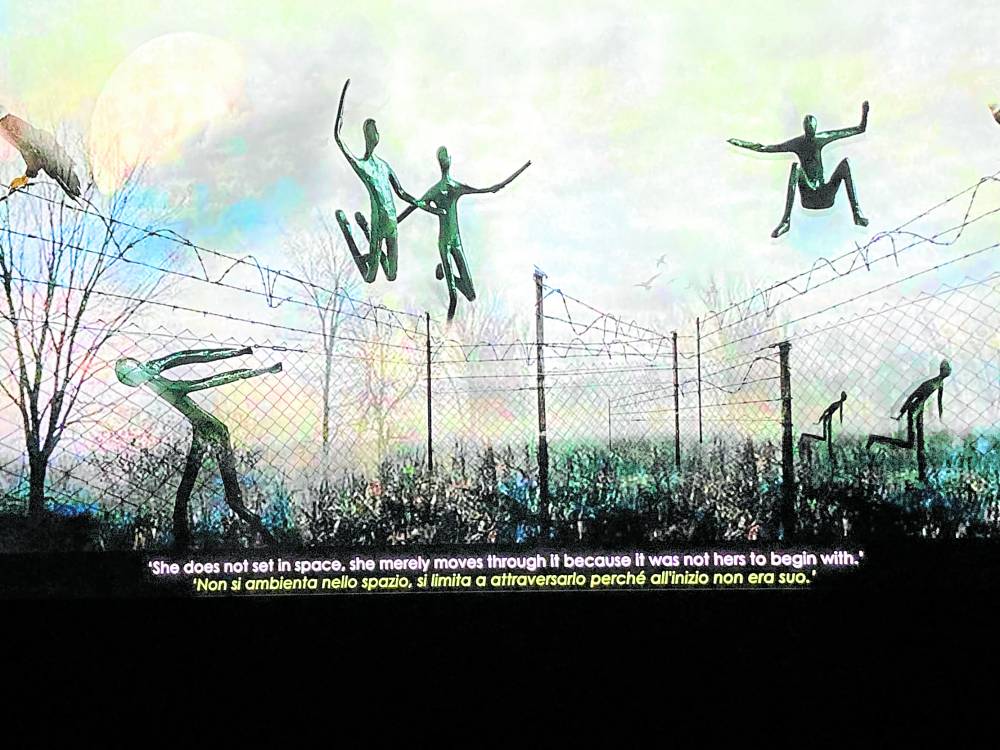
Vasquez confirms Flores’ view of “socially engaged” architecture: “That’s where we’re headed. At Benilde, we’re generating more empathetic architects, and we have a growing number of female students. When I was in university, it was 80 percent male. Right now on our campus we are accepting 60 percent females. Hopefully this brings a shift to more sensitive, adaptive and inclusive design, as architecture has forever been elitist and male-dominated, and that’s had some not-so-good effects in terms of the egotism. That’s what we’re imploring our students to do—to think of everyone else, because we are getting to the point where if we don’t work with each other, we’re going to fail.”
“The messaging is changing,” confirms La Madrid. “There are conversations about how architecture is for the privileged, and as you saw in the exhibit, there are a lot of questions now about its role in society and how we use it for the betterment of everyone.
“We see a shift in how we want to be seen as a profession,” he adds. “We want to be seen differently. Hopefully, it’s not just a fad or trend.” TAC mentor Funk sees the future of the collective, La Madrid says, as being “a plug-and-play organization, where we can get multidisciplinary professionals to do things that are not the usual.”
Vasquez, meanwhile, is very proud the Philippines is in Venice: “The Biennale is the grandest platform in terms of architecture, and being here is a big deal.”




